Updated 12/6/23
The ENT casually ordered a CT scan of my mom’s neck and head and after a quick Google, I suddenly realized that I should be paying much more attention to the amounts of radiation that we are exposed to via X-Rays and CT scans. Apparently, there has been a whopping, almost 80% increase of cancer among people under 50 over the last 30 years. While there are many causes of cancer, high exposure to radiation is one factor that increases our risk of developing cancer.
According to Consumer Reports:
“. . .the effect of radiation is cumulative, and the more you’re exposed, the greater your cancer risk.”
For example:
“CT emits a powerful dose of radiation, in some cases equivalent to about 200 chest X-rays, or the amount most people would be exposed to from natural sources over seven years. That dose can alter the makeup of human tissue and create free radicals, molecules that can wreak havoc on human cells. Your body can often repair that damage—but not always. And when it doesn’t, the damage can lead to cancer.”
It’s decidedly worth it to consider the benefit / health cost of each of these procedures before deciding to proceed.
Consumer Reports has this fantastic breakdown of information that is very helpful for informed decision-making. I have included their breakdown of the tests by radiation below. The Consumer Reports source page also provides more context to understand the state of these procedures.
Tests by the radiation dose (according to Consumer Reports)
Just one CT scan of the abdomen and pelvis equals about 10 millisieverts, more radiation than most residents of Fukushima, Japan, absorbed after the Fukushima Daiichi nuclear power plant accident in 2011.
| Procedure | Radiation dose (millisievert) 1, 2 | Comparable exposure from natural sources, such as radon | Should you get it? |
| Minimal dose: Less than 0.1 millivert | |||
| X-ray of teeth (bitewing) | 0.005 | less than 1 day | Most people need one only every 24 to 36 months. |
| X-ray of teeth (full mouth) | 0.010 | about 1 day | Many people can go a decade between exams. |
| Cone-beam CT of jaw and teeth | 0.06 | 7 days | Rarely needed for most orthodontic procedures. |
| Low dose: 0.1 to 1 millivert | |||
| X-ray of chest (two views) | 0.1 | 12 days | Presurgery X-rays needed only for people with a history of lung or heart disease(or those at risk) or before chest surgery. |
| Mammogram | 0.4 | 7 weeks | Needed every two years for women ages 50 to 74. |
| Medium dose: 1 to 10 milliverts | |||
| X-ray of spine | 1.5 | 6 months | Rarely needed in first month back pain. |
| CT of head | 2 | 8 months | Not needed for most head injuries. CTs usually aren’t needed for a concussion. |
| CT of spine | 6 | 2 years | Rarely needed in first month of back pain. |
| High dose: 10 milliverts and over | |||
| CT colonoscopy | 10 | 3 years | Not as accurate as standard colonoscopy. |
| CT of abdomen and pelvis | 10 | 3 years | For possible appendicitis or kidney stone, ask whether ultrasound can be used. |
| CT angiography (of the heart) | 12 | 4 years | 1 in every 1,300 60-year-olds may get cancer as a result, so it probably shouldn’t be used for screening. |
| CT of abdomen and pelvis repeated with and without contrast | 20 | 7 years | “Double scans” are rarely necessary; fewer than 5 percent of patients should receive one. |
| PET with CT | 25 | 8 years | It exposes patients to very high radiation doses, so make sure that it is really necessary. |
1. Doses are typical values for an average-sized adult. The actual dose can vary substantially depending on a person’s size as well as on differences in imaging.
2. For every 2,000 people exposed to 10 millisieverts of radiation from a ct scan, one will develop cancer, according to the Food and Drug Administration.
Where the rays are—and aren’t (according to Consumer Reports)
Ultrasound
High-frequency sound waves sent through the body create echoes as they bounce off organs and tissues. Echoes are then turned into real-time images called sonograms. Produces fairly good images of soft-tissue disease, but they’re not very detailed, especially in obese patients. Radiation exposure: none.
MRI
Magnetic resonance imaging uses magnets and radio waves to create detailed images that can help spot cancers and soft-tissue problems. Patients are enclosed in the machine for 45 minutes to 2 hours before the image is captured. Radiation exposure: none.
Mammogram
Uses low-dose X-rays to spot masses and mineral deposits that could indicate breast cancer. Radiation exposure: low.
X-ray
The standard scan emits a broad beam that passes through the body before landing on film, casting shadowlike images. Fluoroscopy produces a continuous image, or X-ray movie. X-ray is excellent for bones. Radiation exposure: minimal to medium.
CT
Computed tomography uses a pencil-thin X-ray beam to create a series of images from multiple angles, which are then transferred to a computer, creating a 3D image that can be enlarged and rotated onscreen. Excellent for looking at soft tissue. Radiation exposure: minimal to high.
PET
Positron emission tomography requires the patient to ingest a radioactive tracer, usually thru injection, that lands in cells, especially cancer cells. Some machines that are used combine PET and CT scans. Radiation exposure: medium to high.
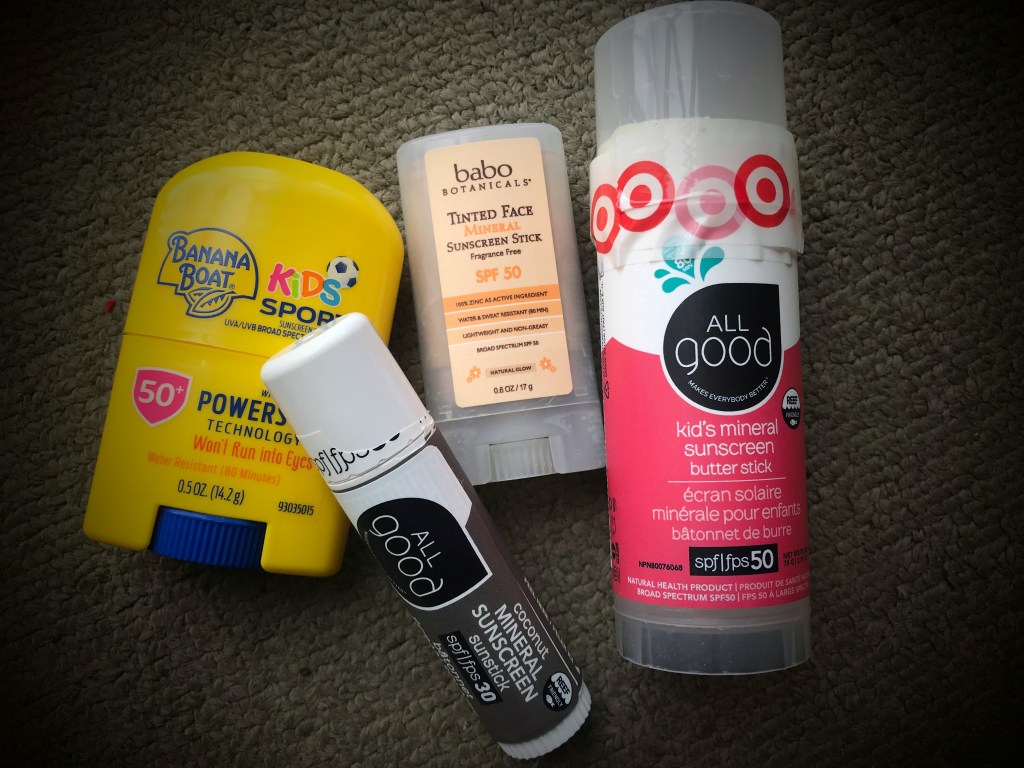







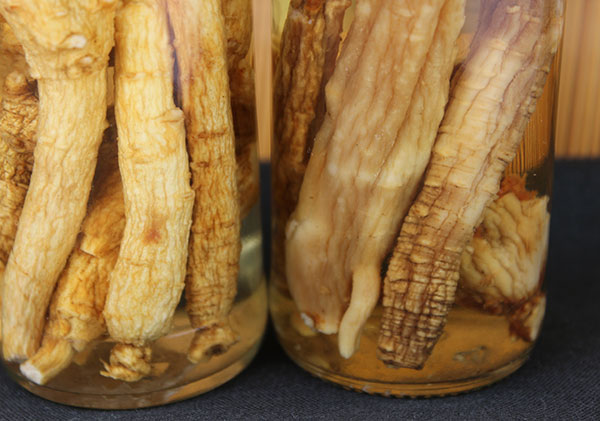

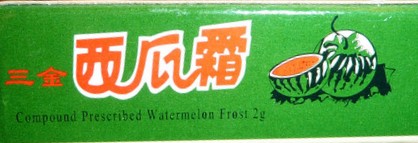

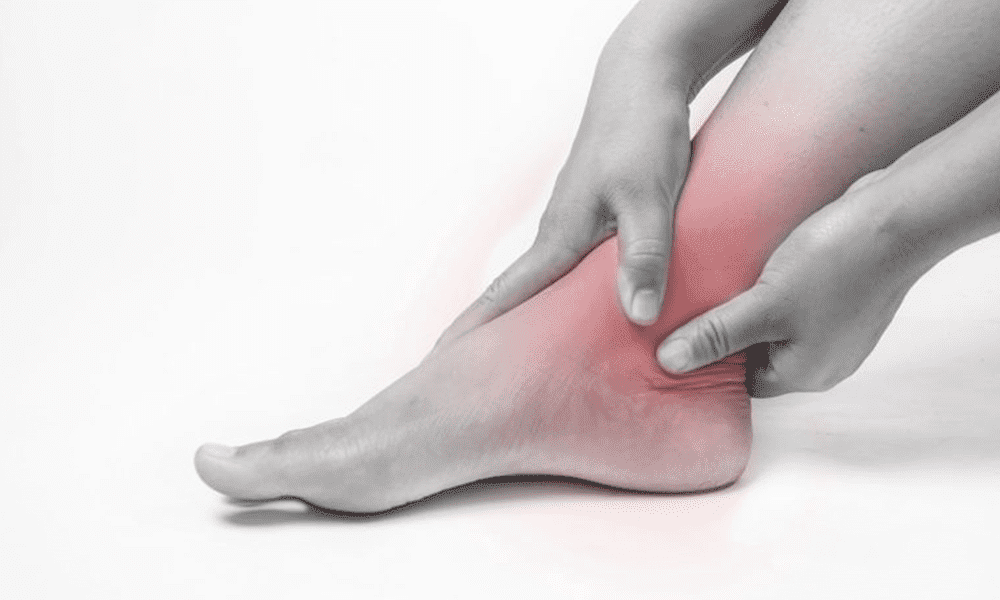
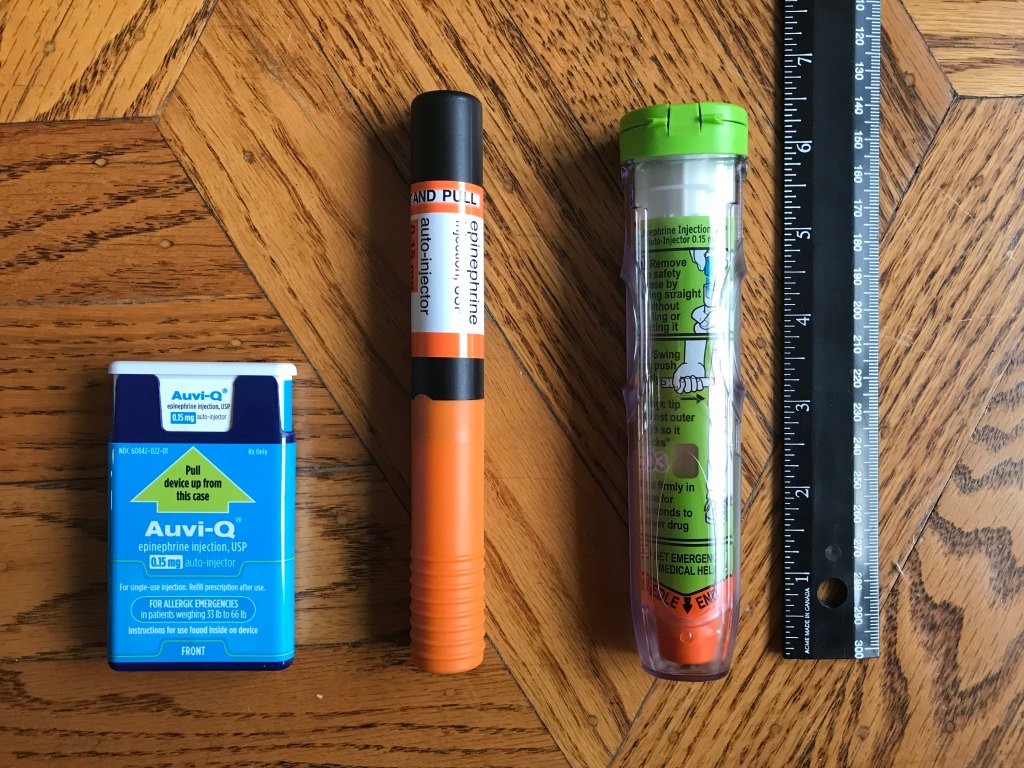
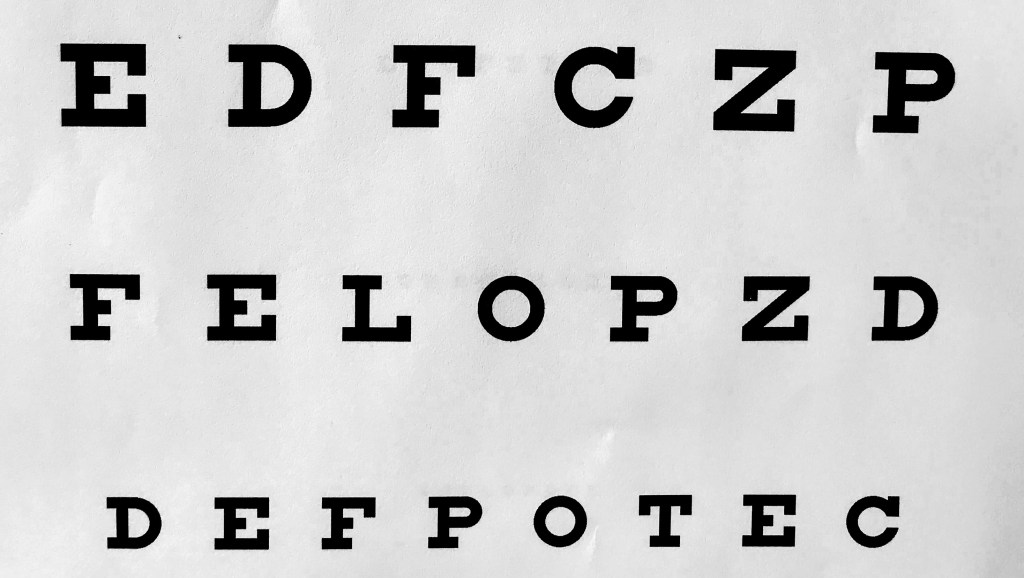
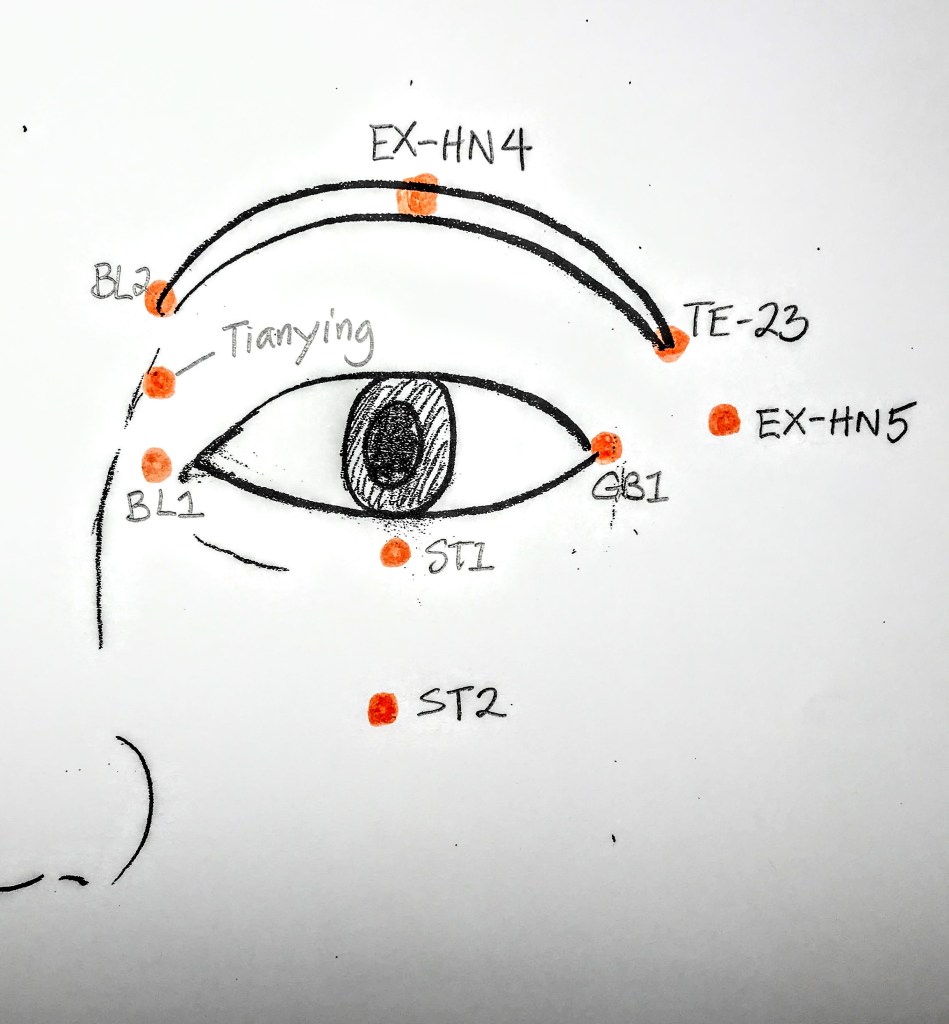



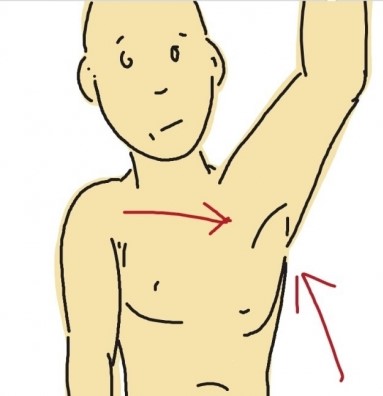


You must be logged in to post a comment.